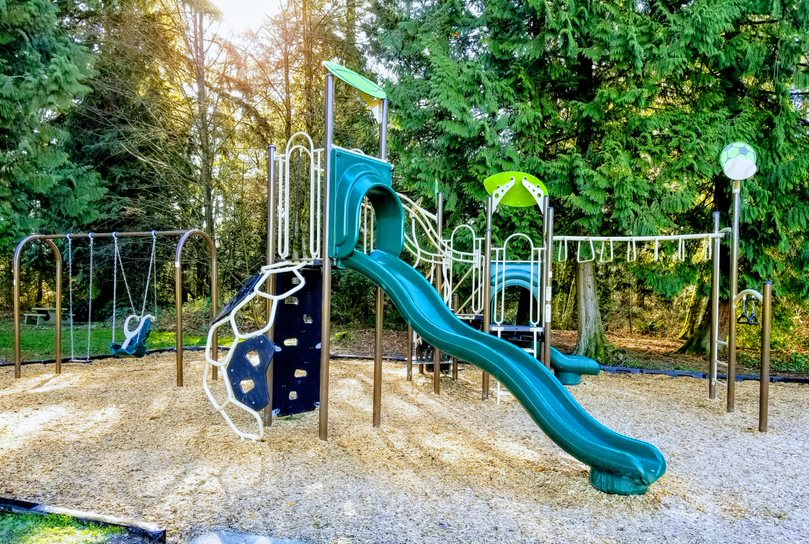Playgrounds are places where children can play and have fun while developing physical and social skills. Starting a playground project can be an exciting and rewarding task. However, it is vital to consider certain variables to ensure the project succeeds. In our previous article: What do I need to know when working on a playground project? (First part), we mentioned several essential aspects to take into consideration when carrying out a playground project, but there are many variables to consider so that this type of plan has a successful end and all the objectives are met satisfactorily; therefore, in the following, we will explain other points that are necessary to take into account in a playground project.
Commercial Grade
Durability is one of the essential variables to consider in constructing playgrounds, as it is directly linked to the safety of the children playing on them. It is crucial to ensure the quality of the equipment used and guarantee that it is designed to withstand intensive use. The playgrounds must be of commercial grade, designed to withstand daily use and the wear and tear that this entails. They must be manufactured with top-quality materials that guarantee their durability, stability, and continuous work even outdoors, exposed to sun, rain, and snow.
Number of children
It is necessary to estimate reasonably the population of children that will use the playground, for it is necessary to know the population density where it will be located if it is a residential, commercial, school, or tourist area since this will influence the dimensions of the playground.
A large playground in a residential area where the number of children living there is meager will be oversized and entail higher costs than a smaller one. The opposite case can also happen, where the density of the children population is very high, and a small playground is manufactured where the capacity is limited and cannot accommodate such a large number of children, putting at risk the safety of the children when they are all together.
The number of children will also influence the number of playground equipment installed in the playground and the age range of the child population in the area. These variables may not seem very relevant, but they are fundamental for the selection of equipment since if playground equipment is designed for children from 1 to 5 years old in an area where most of the population is of school age, it will not be attractive and will not be designed according to the capacities and interests of the users.
Inclusive elements
Another relevant factor to take into account is the inclusive elements that the playground must have; this includes ramps and wide walkways for easy access for people in wheelchairs, walkers, or special mobility equipment, leveling between all areas of the playground, equal equipment but with different levels of difficulty so that children of different ages and abilities can use them in the same places, rest areas and quiet areas for children who prefer calmer games or need a break, among others. These elements help socialization, integration, and play without distinctions, leaving discrimination aside.
What do you think about this topic? Do you want to start to work on a playground project?
If you want to know about playground equipment, you can contact us by visiting the following link.
